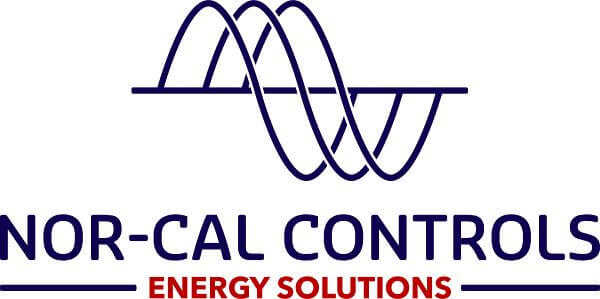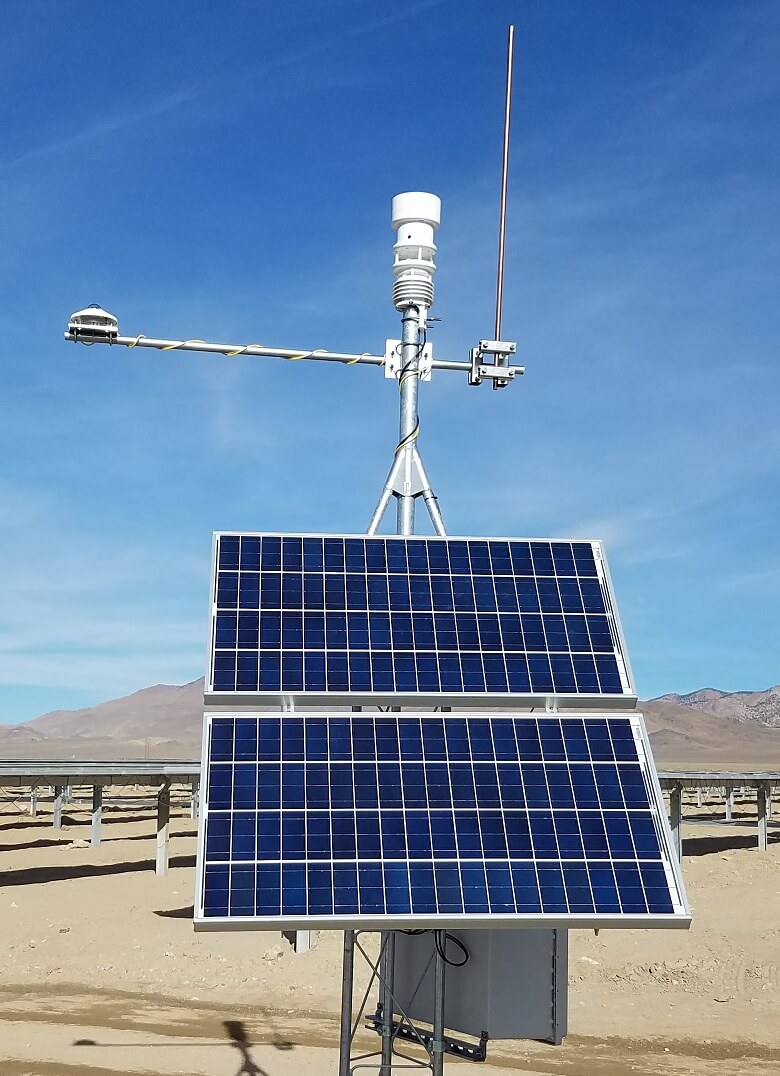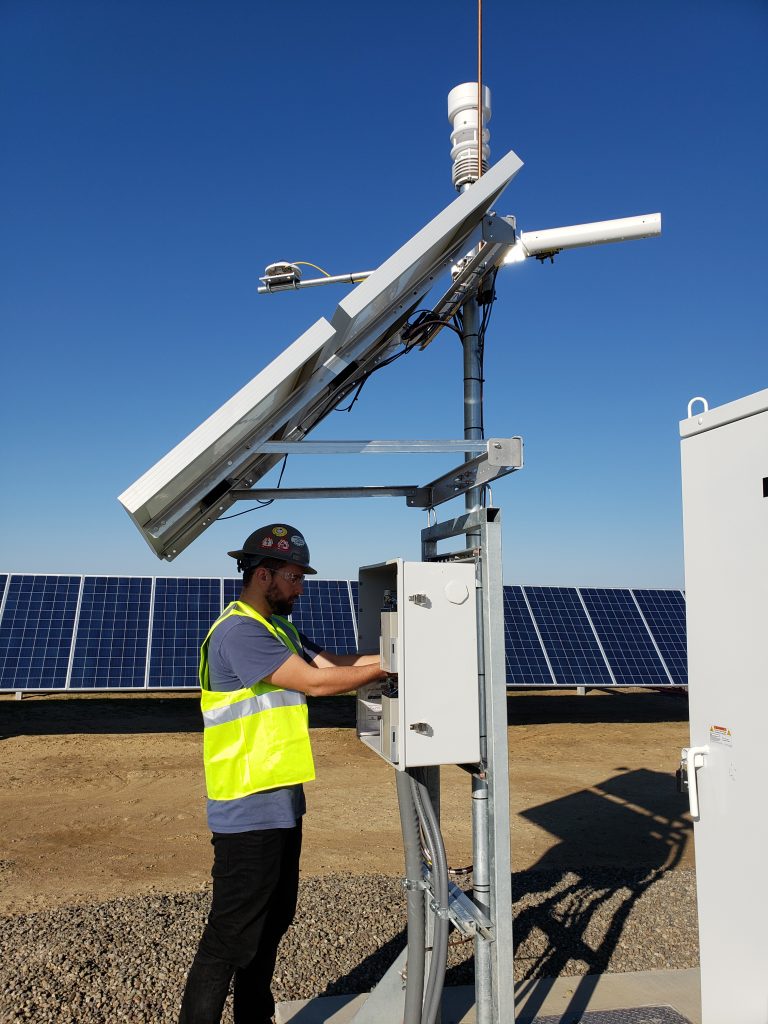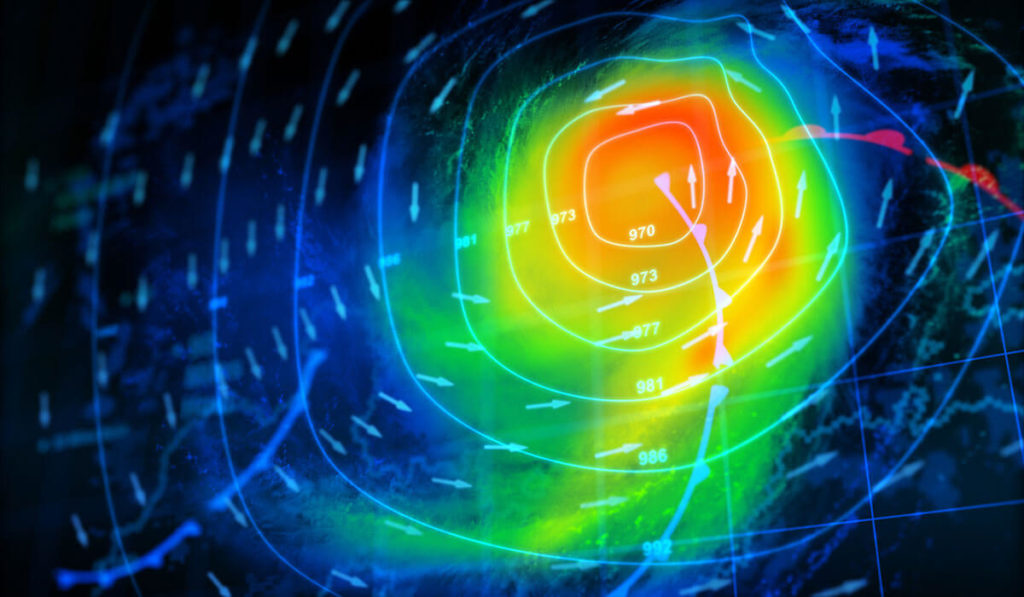Fully Customizable Tahoe™ Met Stations for Power PV Plants
The Nor-Cal Controls’ Tahoe™ MET Station matches functionality, reliability and simplicity to an existing technology. With an open architecture design, the MET Station is fully customizable and applicable with multiple SCADA applications and hardware platforms. It significantly lowers the total cost of ownership of both MET/WMS instruments and SCADA systems. The system is preconfigured and ready for ease of startup and commissioning by either Nor-Cal’s engineering experts or others.
Equipped to Support the End User
The Nor-Cal Controls’ Tahoe™ MET Station:
• Supports a wide variety of serial communication based sensors
• One-Second Sampling Data Logging
• Support for over 250 protocols for ease of access
• Support of up to 10 simultaneous protocols from one TCP Ethernet port
• Features Lithium-Ion battery back-up power at 12VDC 55Ah
• Optional, Solar Panel for standalone battery charging off the grid functions
• Backup Power Equipment Monitoring and Data Logging
• Utility Power Input Support (120/240VAC)
• Universal SCADA Platform Support
• Optional FTP Services
• Optional Email notifications
• Optional SMS functions
• Port access programming functions available for configuring/reconfiguring of attached devices
• Optional local machine interface (HMI)
• Scalability of I/O functions (RTD, DI, DO, AI, and AO)
• Web Server for remote access over LAN or WAN networks
• International Languages and Unicode Characters
How WMS Helps Your Plant Weather a Decline in Efficiency
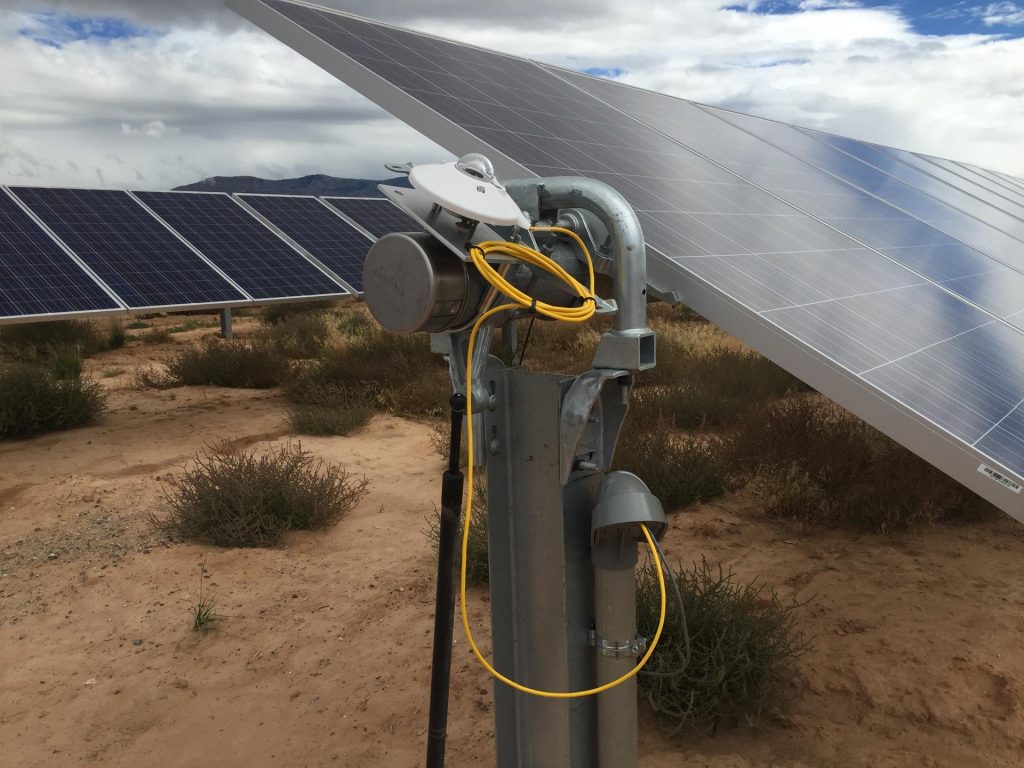
A weather monitoring station (WMS) is a crucial instrument installed in sizable solar PV power plants. The data from the WMS can be used to measure the efficiency and performance of the plants. With real-time weather data, operators can monitor any decline in power generation that may affect the plant’s energy output and ROI.
The decline in operational efficiency observed in the WMS data prompts plant managers to carry out preventive maintenance activities. The WMS data trends and patterns can even help in determining the most appropriate schedule for preventive maintenance. As we all know, delayed equipment servicing could lead to financial losses. The WMS gives you a leg up when it comes to keeping optimum operations. Choose the right WMS for your plant.
Meteorological Or Weather Monitoring Station: A Primer
A weather monitoring station (WMS) is a crucial instrument installed in sizable solar PV power plants. The data from the WMS can be used to measure the efficiency and performance of the plants. With real-time weather data, operators can monitor any decline in power generation that may affect the plant’s energy output and ROI.
What does a WMS do?
The performance of PV panel systems depends on the quality of the system and the current weather. Since the climate varies, the output of the PV systems changes from time to time as well. But how do you know that a decline in power generation was caused by the weather and not by a malfunction in the central inverter?
This is where a WMS plays a significant role
Weather stations for solar power plants analyze weather data in real time, including solar radiation (irradiance), temperature, wind speed and direction, and precipitation. They calculate the amount of solar energy a plant can generate at 100 percent capacity depending on the current weather condition. They then feed this expected output to the plant’s SCADA system, which will compare the WMS data with the plant’s current output to see any significant value deviation.
With such a crucial role, a WMS that is efficient and can be integrated easily with a SCADA system is a must in any large, complex solar PV plants. We’re proud to say that we offer one here at Nor-Cal Controls.
